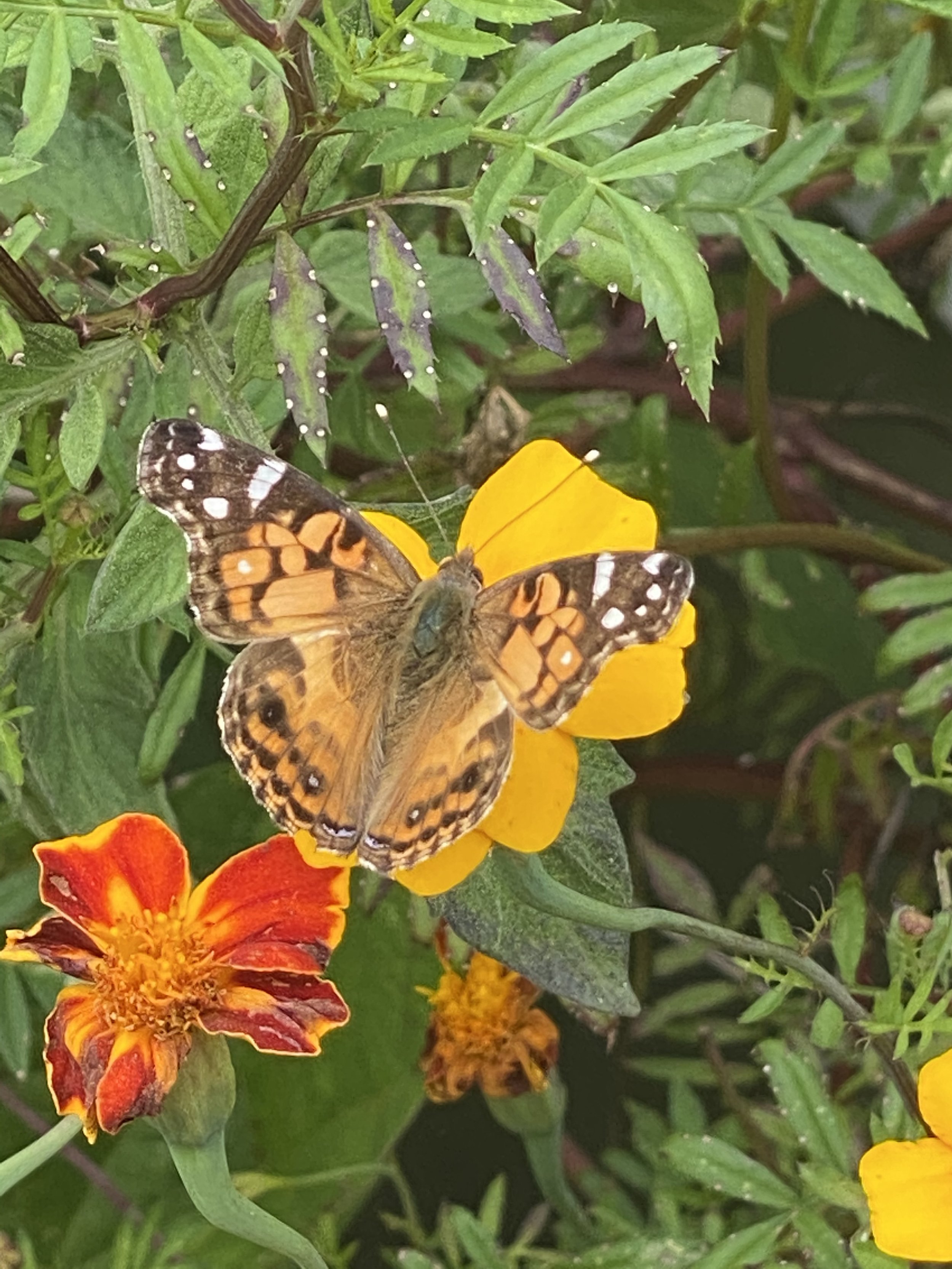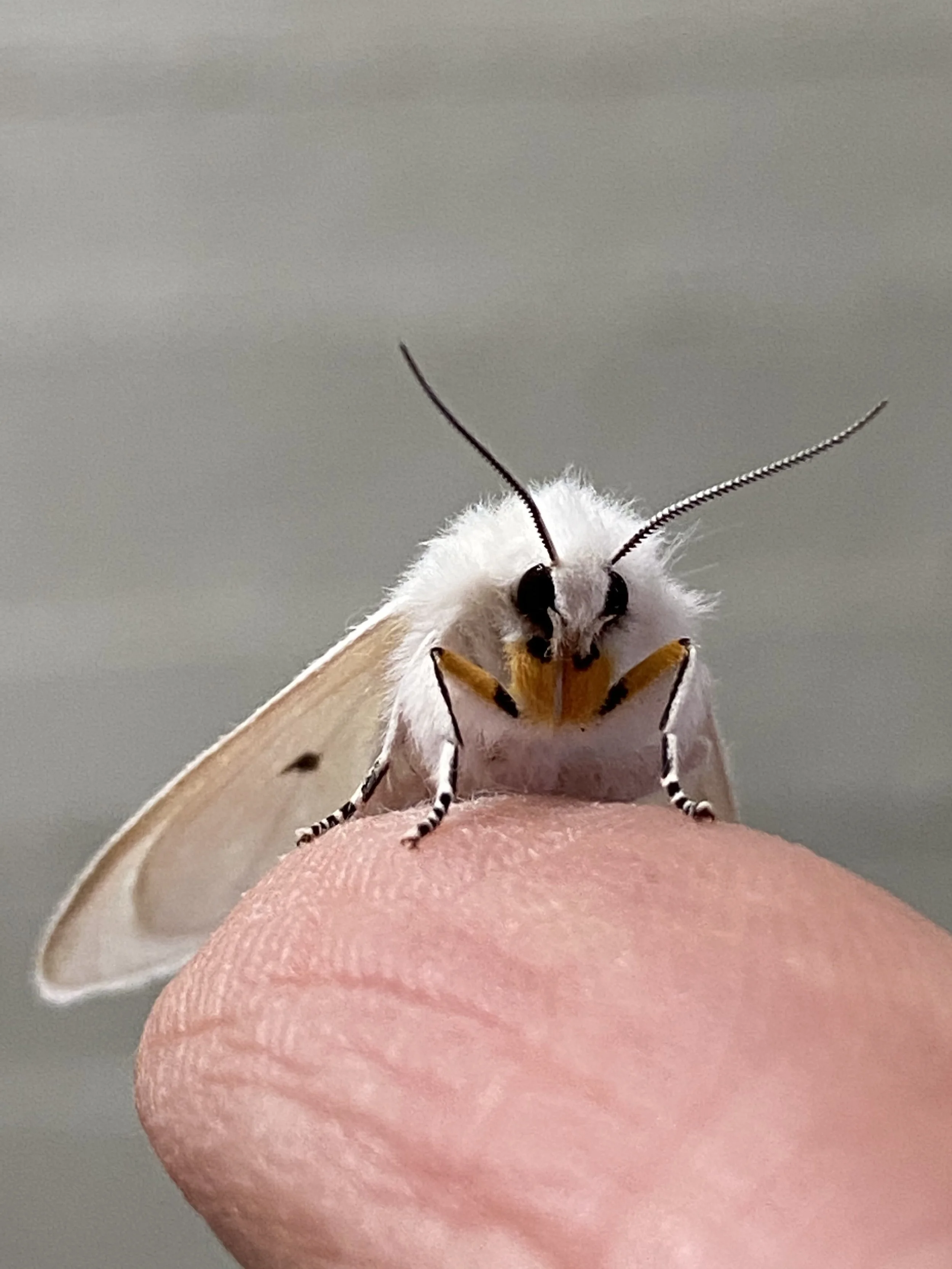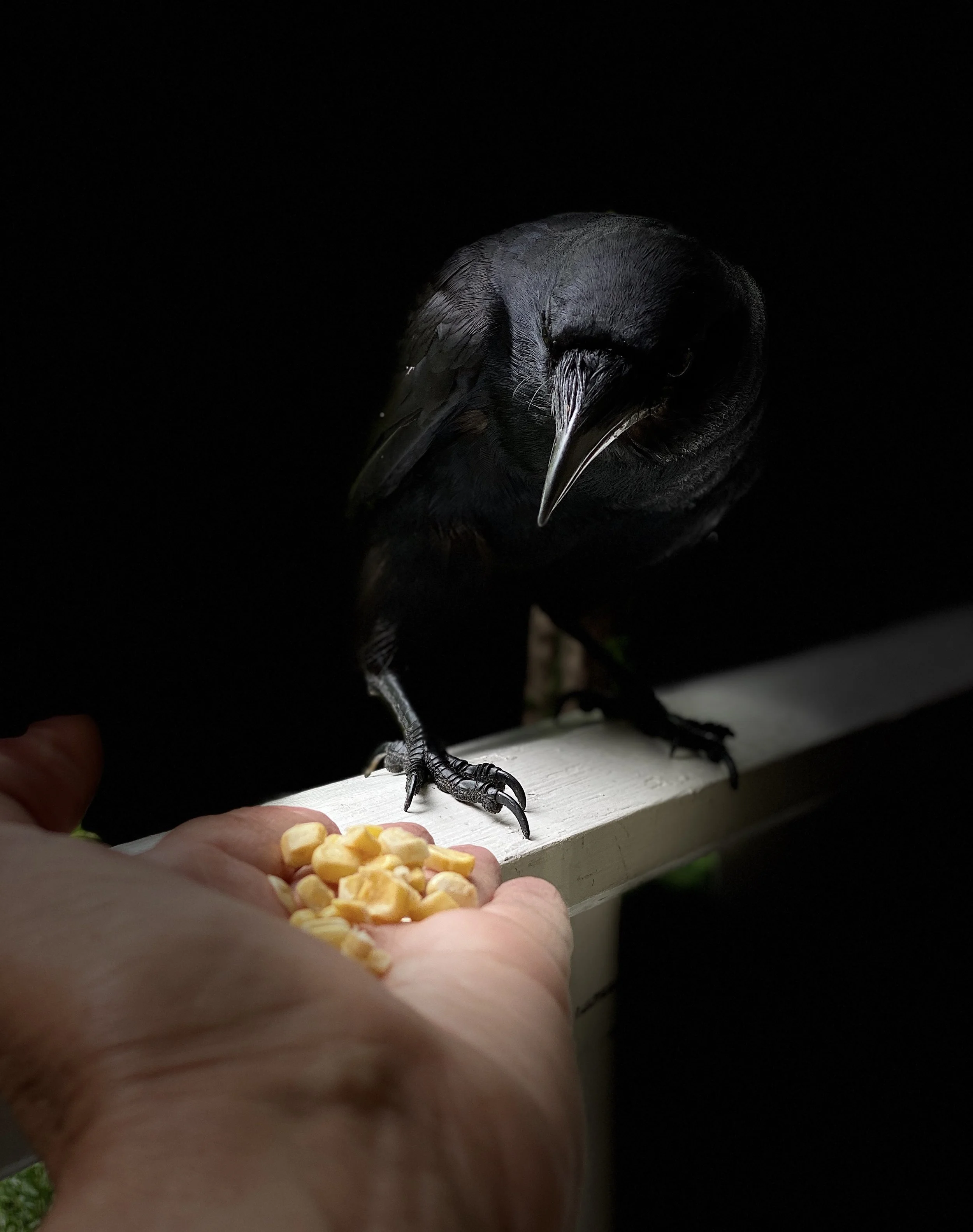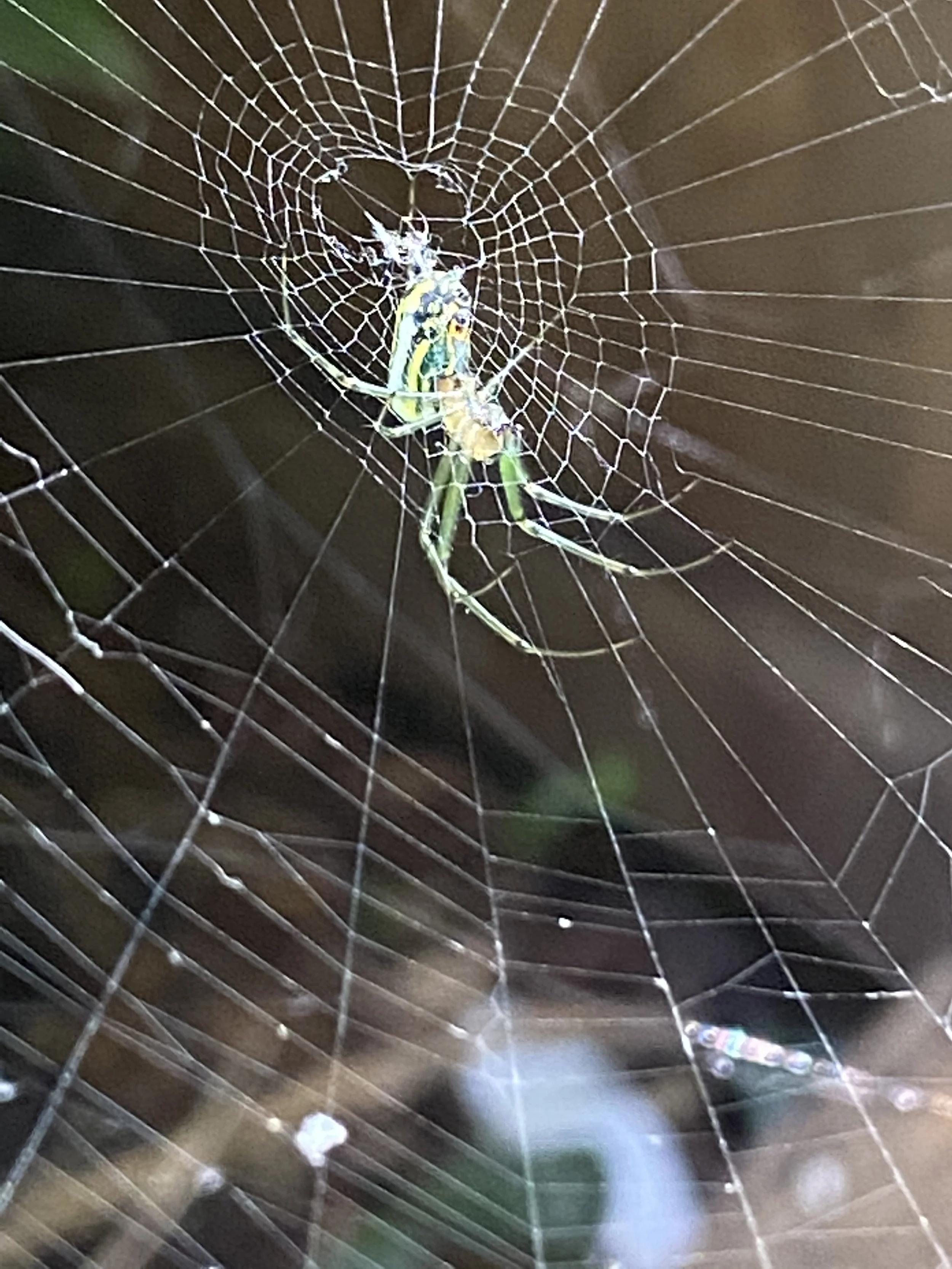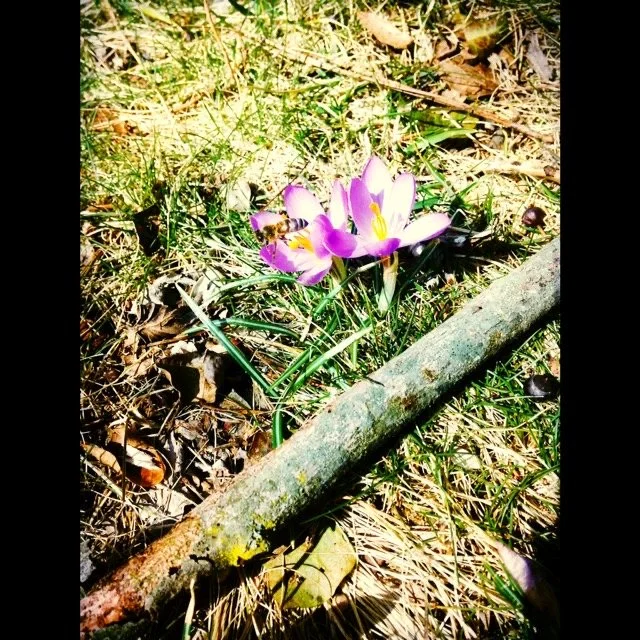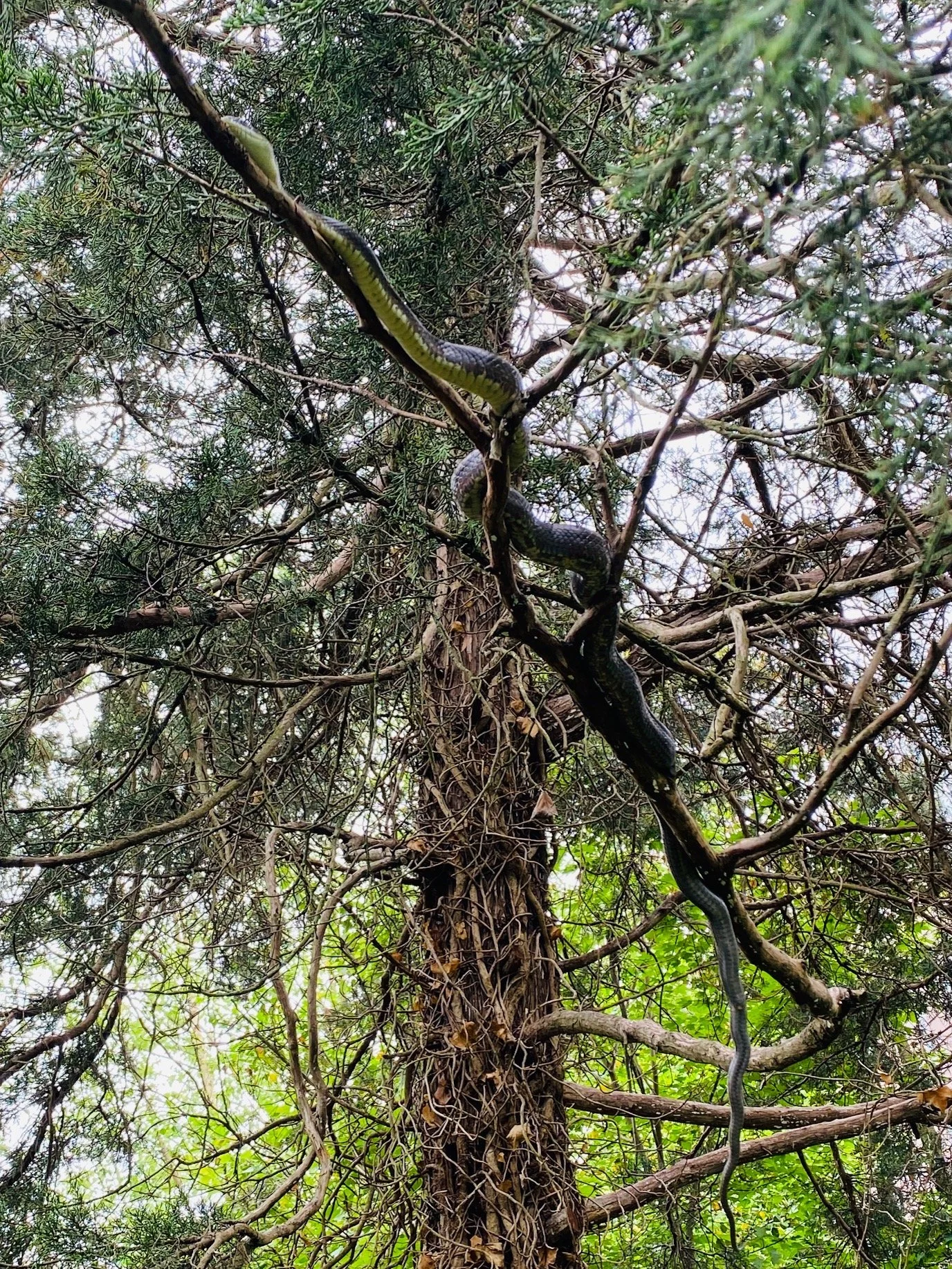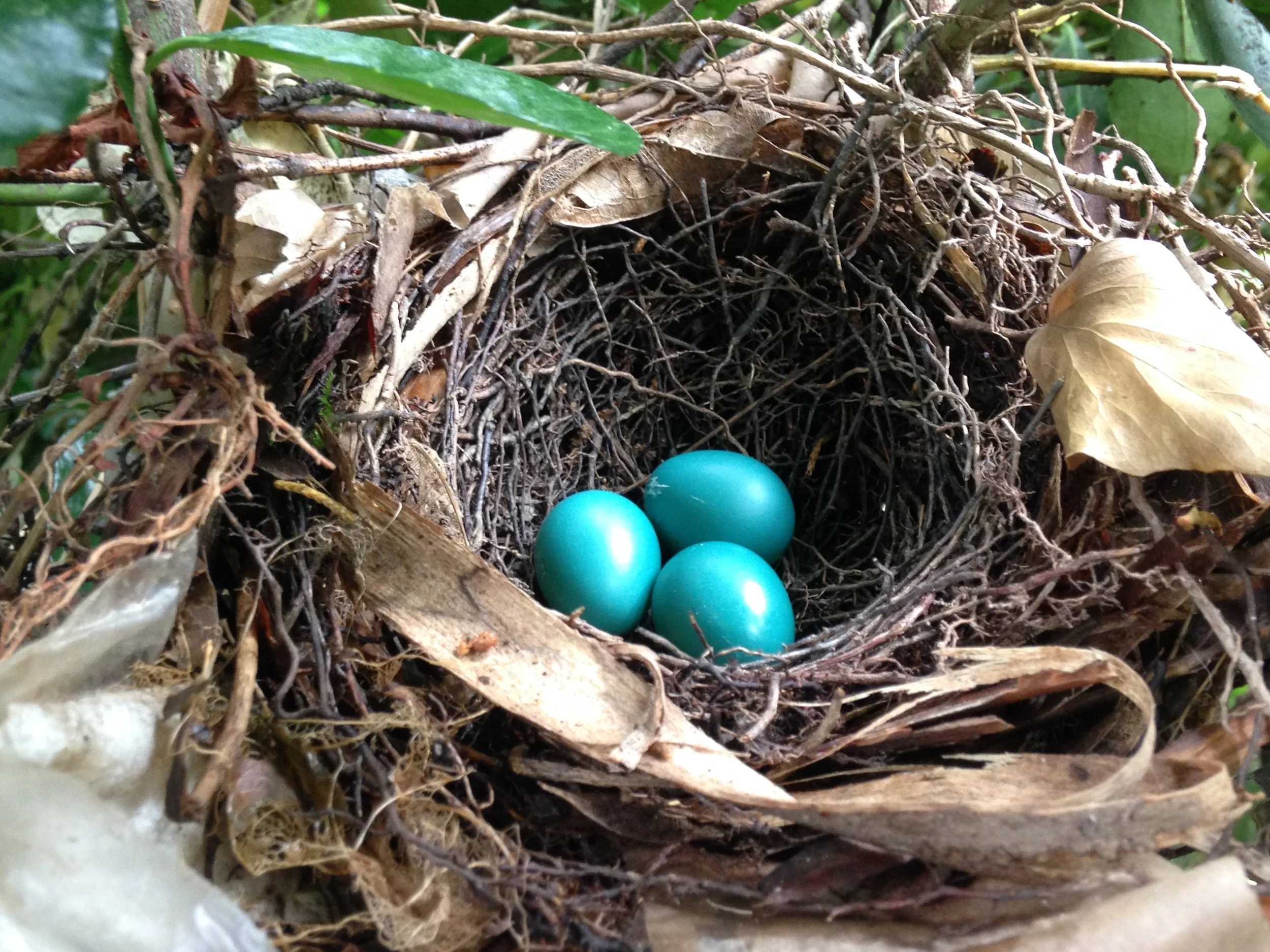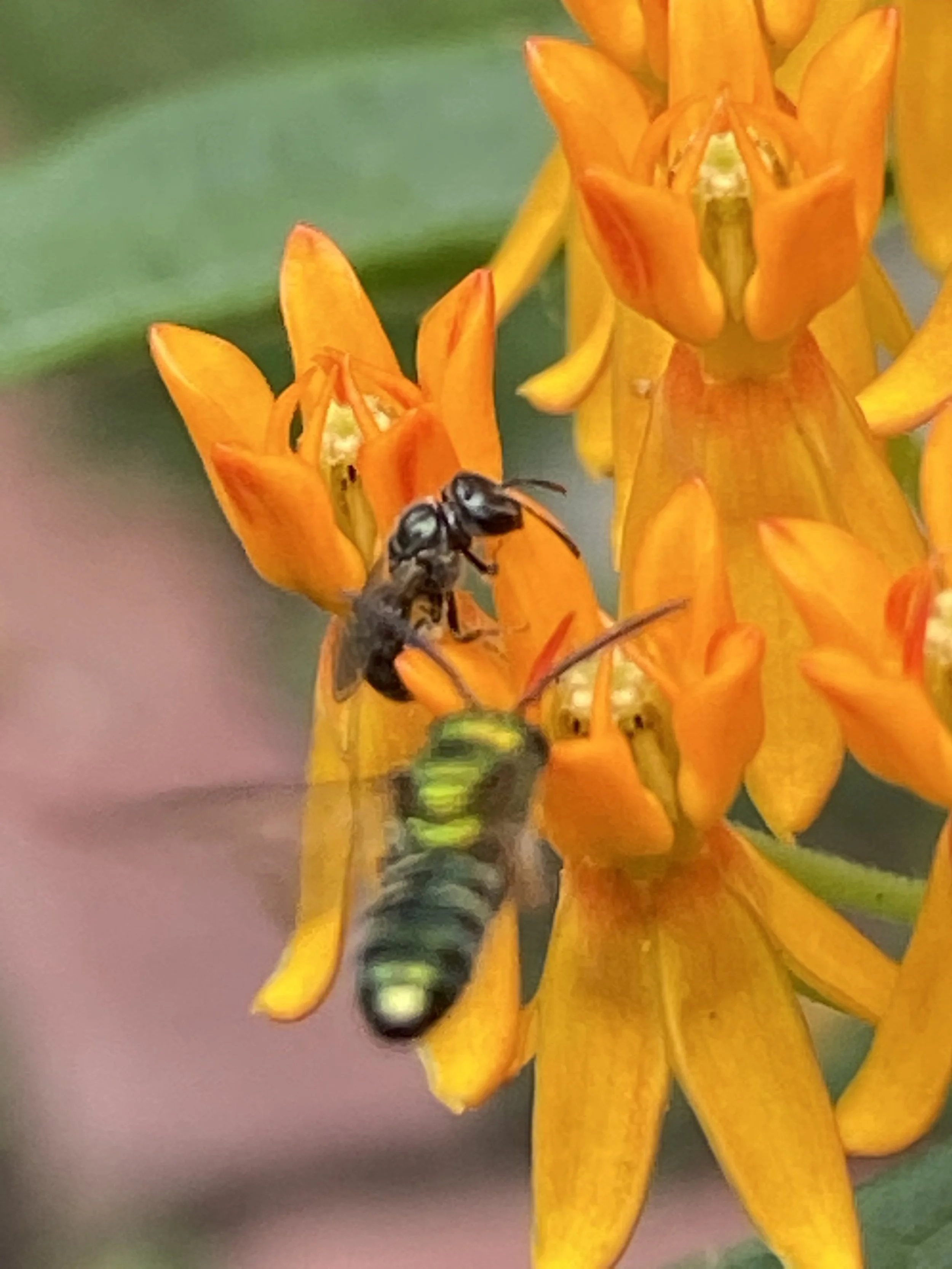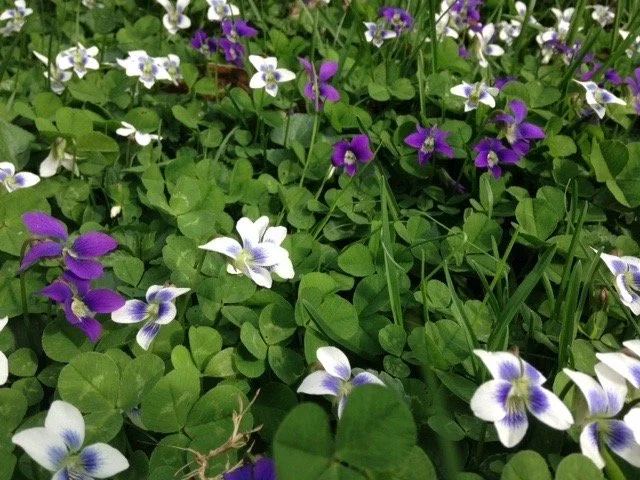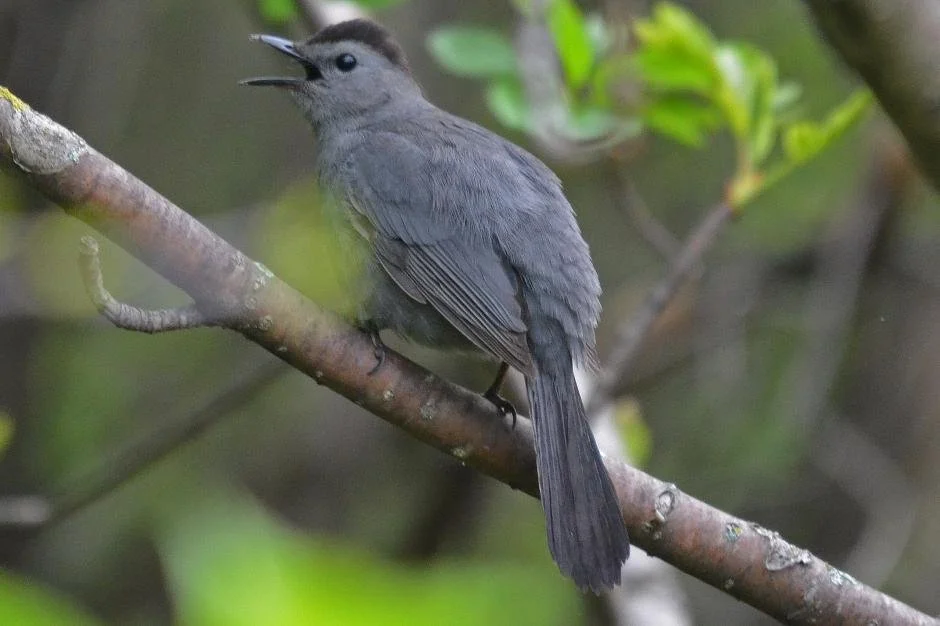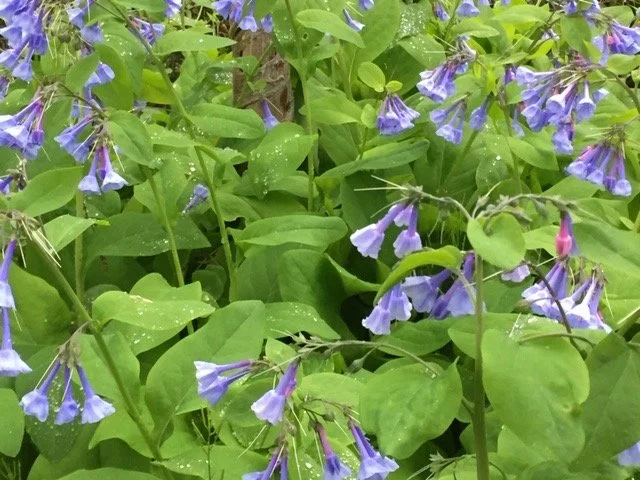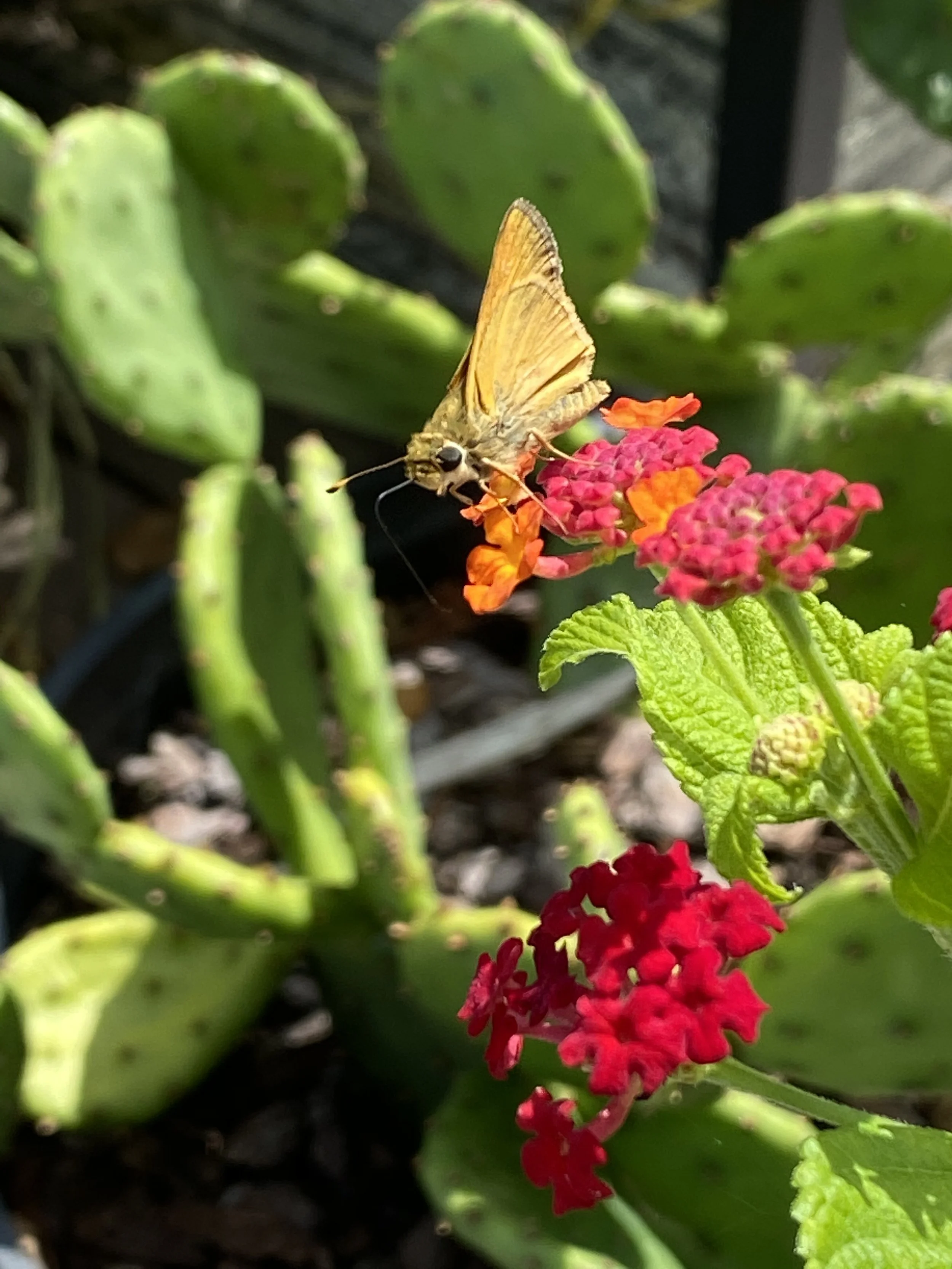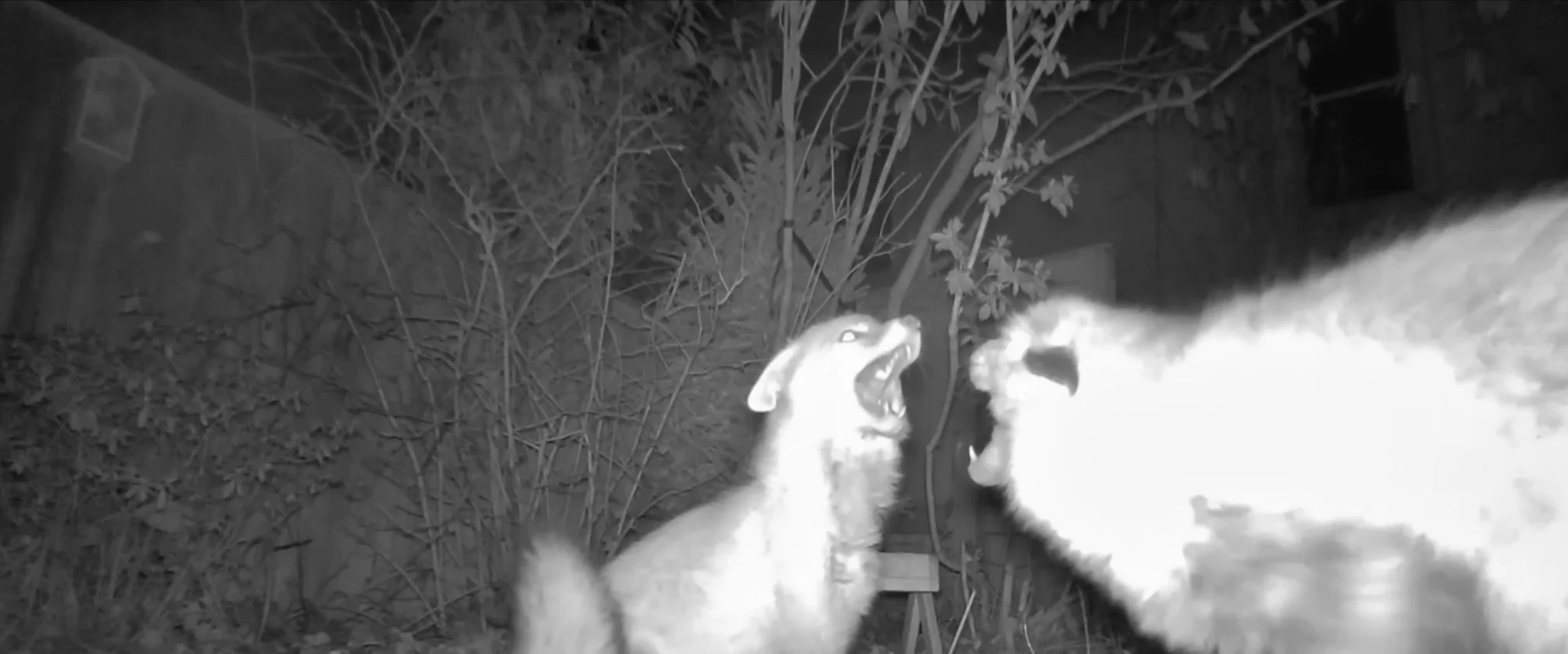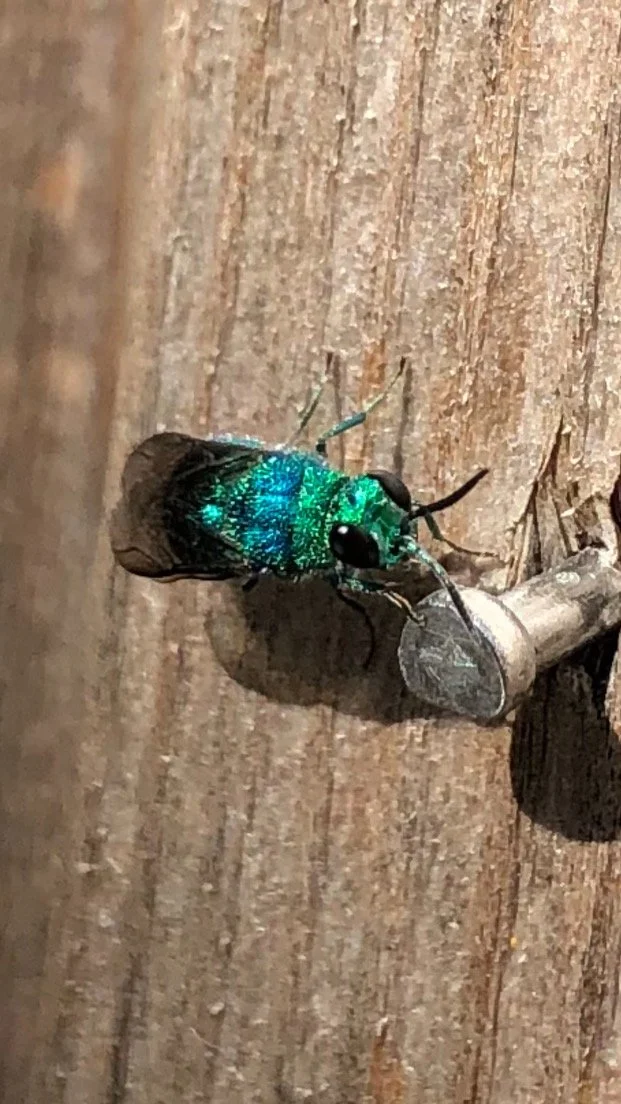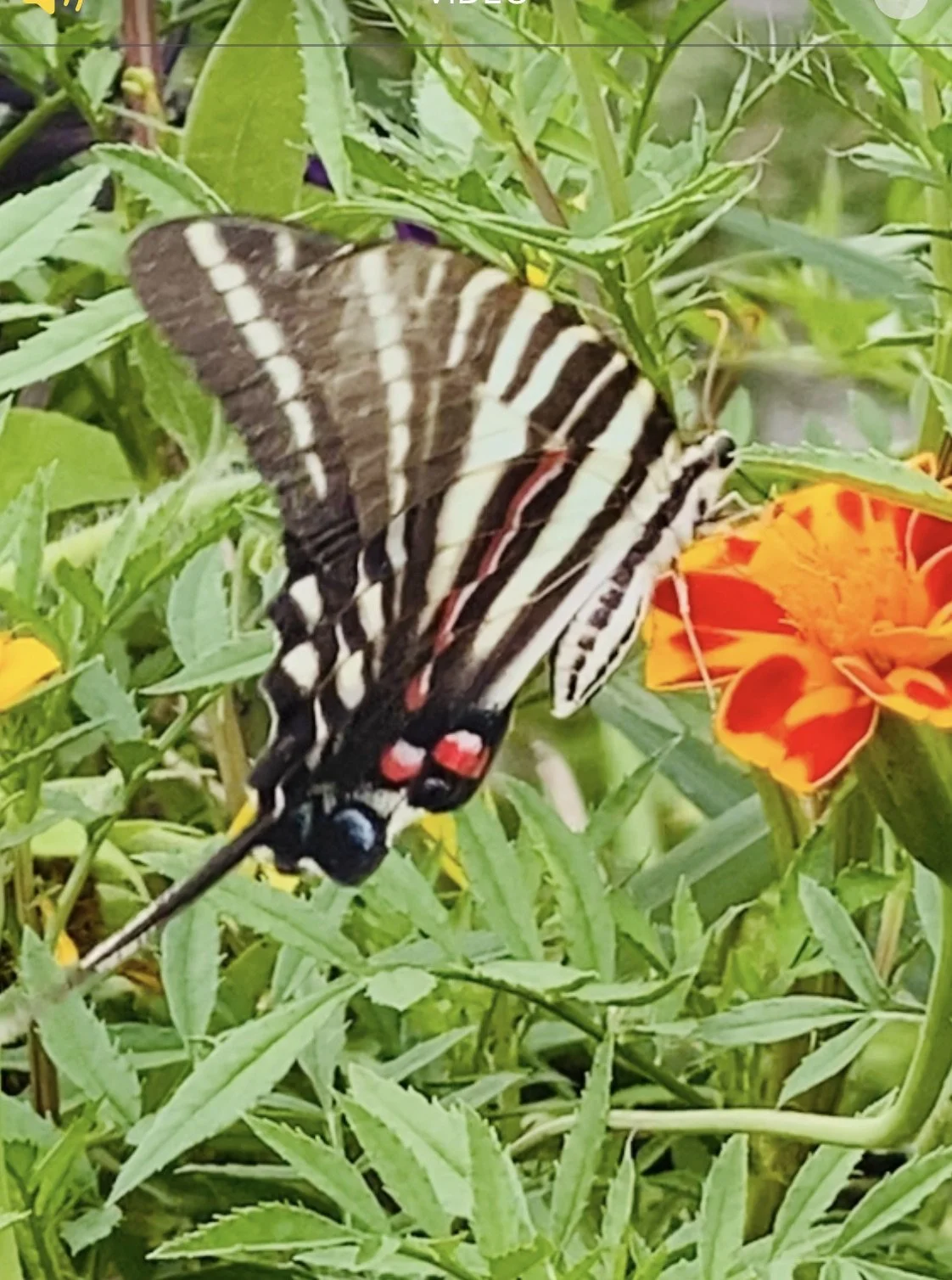In our Backyards
Lindsey Truitt

Now
Beneath the Soil
For several months now I have been reminded that it is time to start saying goodbye to the gardening year. Green tomatoes have been picked, perennials trimmed back and leaves are falling. When the spring blooming plants finish, we still have summer and all the wild growth and flowering to come. But in autumn, as we wind down, the goodbyes feel a bit solemn- winter is coming and for a few months the world will be less alive. Every year at this time I wonder how I will pass these winter days.
This year we’ve had the opportunity to get to know a large grasshopper in our rooftop garden. He, we call him John, was identifiable by the fact that he is large, one legged and appears to be unafraid of us. All summer long, and into fall, we would find him methodically working his way through a sprig of parsley or a leaf of lettuce or sometimes just sitting on a flower. Occasionally he would hop/fly over to where I was sitting and land on me. I obviously started to wonder about whether grasshoppers have a way of living through the winter like some other insects. Apparently, grasshoppers survive the winter “as eggs in the ground”. I think that means that they die but they have left eggs that will hatch in the spring. Though I know I shouldn’t be sad about the natural order of things, I do feel sadness- I also have had to fight the urge to create a terrarium inside for John. So instead I am going into winter thinking about all the precious eggs hidden in the soil.
Besides the future generations of insects, there are other important things lurking beneath the soil as the above ground parts die back. Bulbs from previous years, not seen since June, are lying quietly in wait for their cold dormancy so they can pop back up and bloom again. Sometimes at this time of year I gaze over my brown beds and try to visualize all the hundreds of sleeping bulbs in there. Luckily, it isn’t too late to put more in now as long as the ground hasn’t frozen- I have a box of 200 that will go in any day. Planting bulbs is different than planting other plants because you really do just bury them like treasure. Months go by before you have even a glimpse of life. There is a special type of joy, a hopefulness, that comes from the waiting.
As it gets colder, but before it is fully winter, it is also good to think about watering the evergreens. We often don’t think about our plants’ need for water when it isn’t hot out. Evergreens lose water through their leaves or needles all winter so going into winter fully hydrated is important. I like to use a sprinkler to really reach the full network of roots that extend in all directions from the plants.
So there are still a few tasks to do in the garden and there are ways to meditate on what’s below the soil in these last days of the year. And as the leaves completely fall and the bare branches open our view of the sky, there is a beautiful new wintery landscape ahead of us for the months to come. And then I will go find and welcome our baby grasshoppers as the green world reemerges.
The evergreens have also emerged from hiding amongst the summer growth. And that green has much value now that so much has gone dormant. Even the dull sheen off an American holly leaf and the off-color green of Virginia junipers are a gift of color in winter. And then there are the gems of winter- the magnolias-bright and statuesque, the lovely pines, and rhododendrons with their fat buds, all teeming with birds who like their shelter. This shift into winter is calming and it is easy to just sit and look.
I try not to think about the bulbs lying in the soil waiting for spring. Or the thousands of buds that line the branches of all the shrubs and trees and which will easily wait out all the cold and snow. There will be time enough to get impatient for spring. Right now we have the sky to enjoy, and also the clouds. And each year I have the feeling anew that I need to remember that this beautiful sky is always there behind the leaves. And in the same way, the ghosts of all my flowers are here too even when their blossoms are no longer seen. There is a richness to letting memories have real physical space in one’s life and I’ll let the vast blue sky be a reminder of that

